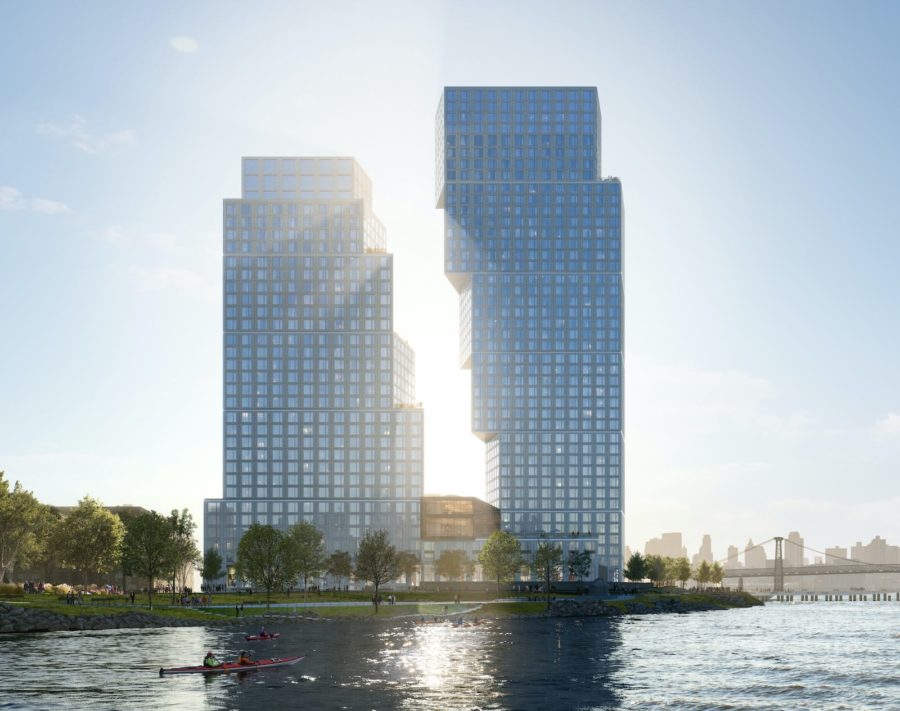保育室の設計を行うにあたり、依頼主である副園長先生から2つの要望が共有された。1つ目は、子どもたちにとって日常的で家庭的な保育空間にすること。2つ目は、一度に完成させるのではなく、小規模の保育室から始め、継続的なアップデートを行うことで、敷地が保育施設に変化していく過程を地域に公開し、清心幼稚園が実践する「地域との対話を通じた保育」を建築として実践すること。こうした要望を踏まえ、既存建物の形式を活かした改修という方法で設計を行った。
敷地は、清心幼稚園の既存園舎からほど近くの、元は国所有の官舎だった場所である。元の敷地は高いコンクリートブロック塀に囲まれていたが、地域に開かれた保育施設という要求からブロック塀を解体し、敷地を風通しのよい場所とした。同時に、子どもたちのプライバシーを守るため、既存建物の北面、西面の外壁を敷地境界線まで延長し、新たな「壁」を加えた。周辺のブロック塀に呼応するように、粗い左官と塗装で仕上げた「壁」を手がかりに、内部・外部ともにさまざまな造作を施すことで継続的なアップデートに対応する。
また壁に対して、一定のリズムの開口を設えることで、保育室や園庭の気配を町に伝え、子どもたちも町を身近に感じることができる。
一見して、住宅のようでもあり、「保育施設らしさ」のない外観であるが、町の風景として元からあった、「壁」(塀)という要素を骨格として、敷地全体を含め、住宅を拡張していくことで内外それぞれの気配が染み出し、地域の中に子どもたちのいる風景が日常に馴染んでいくような状況を目指した。
2017年夏の時点では、外壁を含めた建物の半分と園庭の一部が保育環境として完成している。アップデートを前提として敷地の半分以上が最低限の仕上げが施され、工事途中のように未完成の部分が見え隠れしている状況である。こうした一般の保育環境にはない、遺跡や廃墟のような場所が保育室の身近にあることが、子どもたちの新しい発見や遊び、保育士の保育環境づくりを促している。
当事務所では、清心幼稚園の既存園舎内に現場設計事務所を構えることで、子どもたちや保育士の活動を身近に感じながら、工事の大小に関わらず継続的にアップデートを行っている。同時に、近隣の2つの既存園舎や園庭の改修も予定されており、そのプロセスを、おおてまちこども園同様、視覚化していくことで、保育室を超えたこども園の周辺地域全体のアップデートに繋がればと考えている。(小室匡示+下司 歩)
Nursery to be continuously updated using the wall as a cue
A plan for a new daycare room for temporary childcare services operated by Seishin Kindergarten, a certified kindergarten in Maebashi City, Gunma Prefecture.
In designing the nursery, the client, a vice-principal, shared two desires: first, to make the nursery a common, home-like space for the children; second, to start with a small nursery and continuously update it, rather than completing it all at once. The process of transforming the site into a childcare facility should be open to the community. The “childcare through dialogue with the community” practiced by Seishin Kindergarten should be implemented as architecture. Based on these desires, the design was carried out in the form of a renovation that utilizes the form of the existing building.
The site is located not far from the existing Seishin Kindergarten building. The site was formerly a government-owned government building. A high concrete block wall surrounded the original site, but the block wall was demolished to create a childcare facility open to the community, and the site was made airy. At the same time, to protect the children’s privacy, the exterior walls on the north and west sides of the existing building were extended to the property line, and a new “wall” was added. In addition, the “wall” was roughly plastered and painted to respond to the surrounding block wall, and various interior and exterior structures were added to accommodate continuous updates.
The constant rhythm of the openings against the walls also allows the town to convey a sense of the nursery and yard, and the children to feel closer to the town.
At first glance, the exterior of the building looks like a house and has no “childcare facility-like” appearance. However, we aimed to create a situation where the “wall” (fence), which was originally part of the townscape, is the backbone of the building, and as the house is expanded to include the entire site, signs of each inside and outside seep out. The scenery with children in the community fits into the community’s daily life.
As of summer 2017, half of the building, including the exterior walls, and part of the yard, were completed as a childcare environment. However, more than half of the site has been minimally finished in anticipation of updates, with unfinished portions visible and hidden, as if in the middle of construction. The proximity of these ruins and abandoned places, which are not part of the general childcare environment, to the nursery encourages children to discover and play in new ways and for the nursery staff to create a new childcare environment.
By having an on-site design office in the existing Seishin Kindergarten building, our firm has been able to keep close contact with the children and their caregivers’ activities while providing ongoing updates regardless of the size of the construction project. At the same time, two existing preschool buildings and a garden in the neighborhood are scheduled to be renovated, and by visualizing the process in the same way as Otemachi kodomo en, we hope to lead to an update of the entire area surrounding the children’s preschool beyond the nursery. (Masashi Komuro + Ayumu Shimotsukasa)
【おおてまちこども園】
所在地:群馬県前橋市
用途:幼稚園・認定子ども園・保育所
クライアント:幼保連携型認定こども園 清心幼稚園
竣工:2017年
設計:小室下司建築設計事務所
担当:小室匡示+下司 歩
構造設計:金田泰裕(yasuhirokaneda STRUCTURE)
施工:建築舎四季
撮影:松崎直人
工事種別:リノベーション
構造:木造
規模:平屋
敷地面積:450.00m²
建築面積:98.00m²
延床面積:98.00m²
設計期間:2016.02-2016.11
施工期間:2016.12-2017.06
【Otemachi kodomoen】
Location: Maebashi-shi, Gunma, Japan
Principal use: Kindergartens, Certified Children’s schools and Nurseries
Client: Seishin Kindergarten
Completion: 2017
Architects: komuro shimotsukasa architects
Design team: Masashi Komuro + Ayumu Shimotsukasa
Structure engineer: Yasuhiro Kaneda / yasuhirokaneda STRUCTURE
Contractor: Kenchikusha Shiki
Photographs: Naoto Matsuzaki
Construction type: Renovation
Main structure: Wood
Building scale: 1 story
Site area: 450.00m²
Building area:98.00m²
Total floor area: 98.00m²
Design term: 2016.02-2016.11
Construction term: 2016.12-2017.06

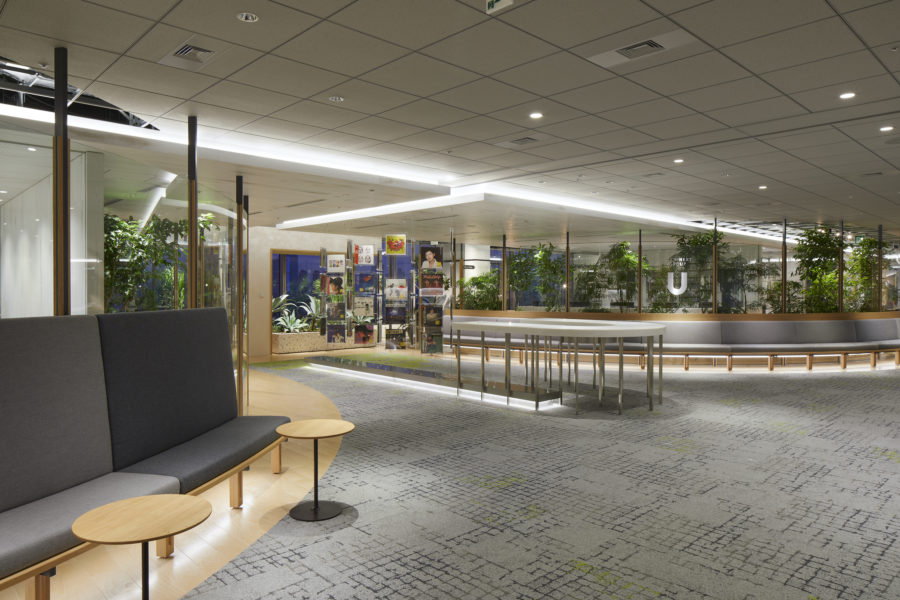
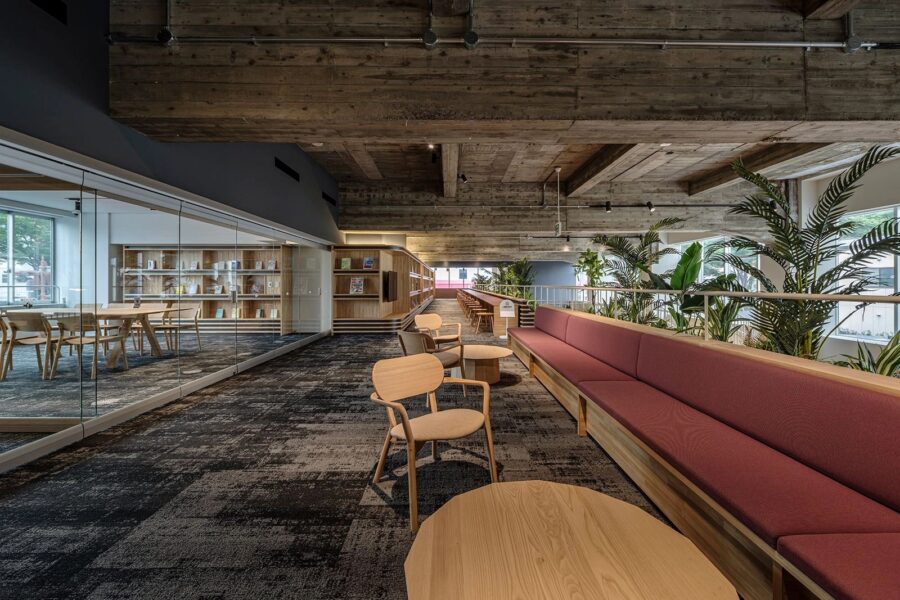


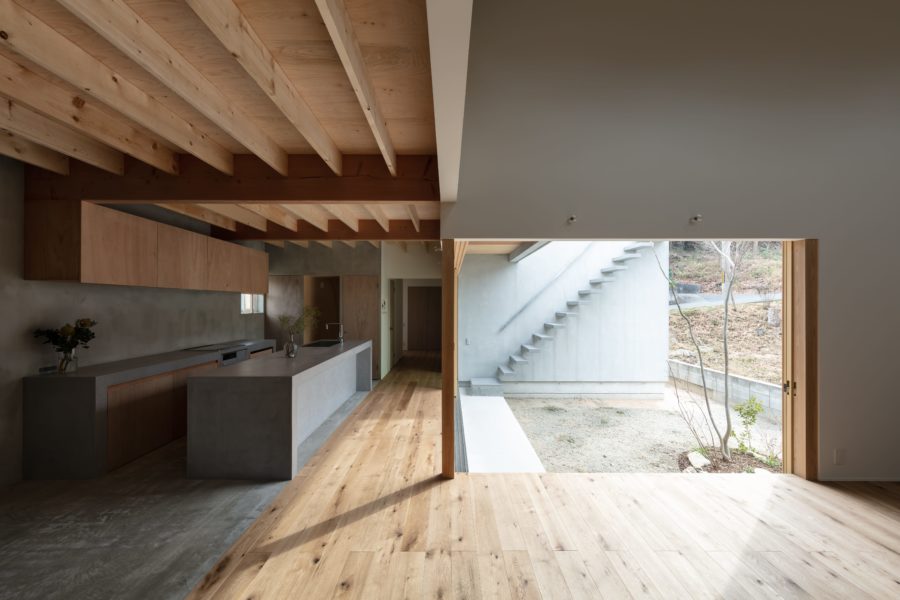
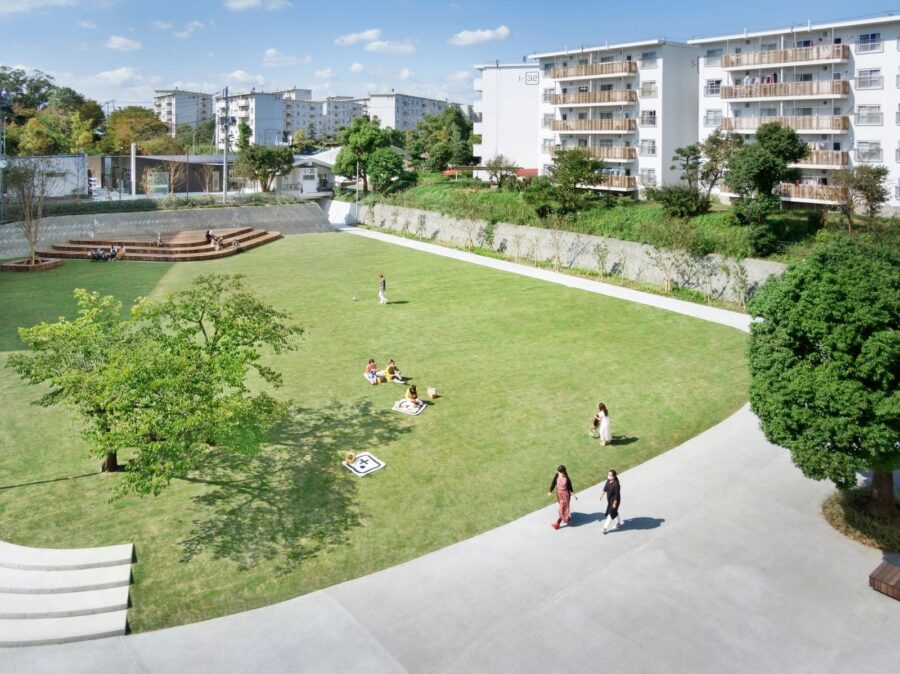
![麻布十番の集合住宅[ASTILE 麻布十番]/ 辻昌志建築設計事務所](https://magazine-asset.tecture.jp/wpcms/wp-content/uploads/2023/05/15130623/azabu_01.jpg)
